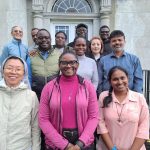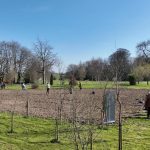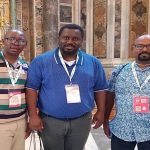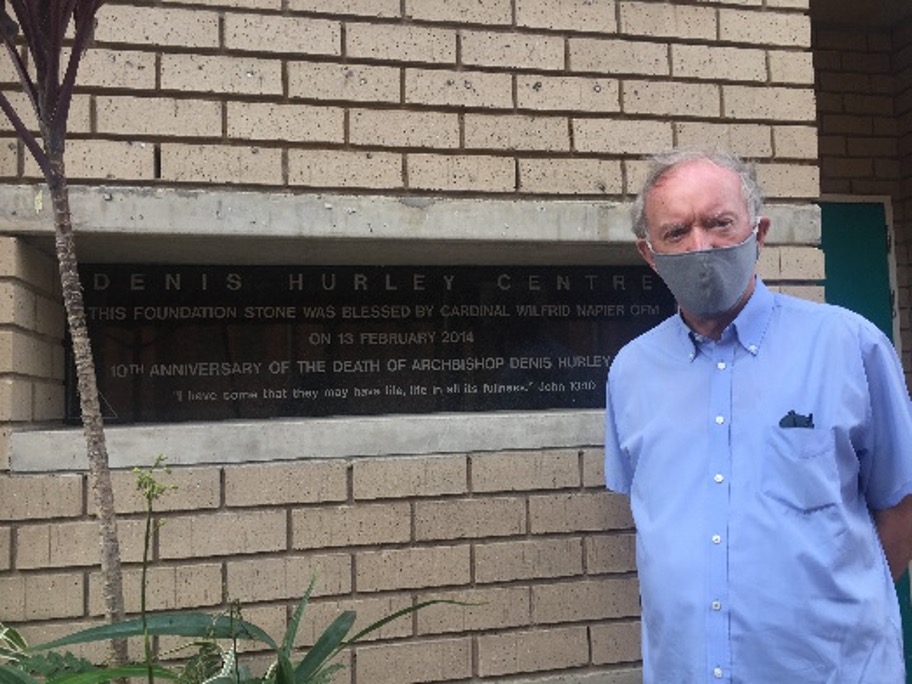
COVID-19 has affected most aspects of people’s lives in South Africa, a vast country with some 58 million people. To date there have been well over half-a-million cases and more than 10,000 deaths. With a recovery rate of over 70%, the fatality rate is significantly lower than the global average.
While all 9 provinces have been affected – though not all at the same time – most of the cases have come from the Western Cape, the Eastern Cape, Gauteng (the province in which Johannesburg is situated) and KwaZulu-Natal where, in the city of Durban, I am based. Initially, both Cape provinces were hardest hit, with health services struggling. Some field hospitals were set-up as case-numbers increased. Doctors were brought in from Cuba to support the local medical professionals. It was in late June and July that the industrial and commercial hub of the country, Johannesburg, began to experience an increase in infections. More field hospitals have since been erected. In early August, the Minister of Health visited facilities in Natal where the ‘Covid Peak’ is expected to be only weeks away. The same minister has been seen regularly on TV giving updates on the virus countrywide and asking us all to remain vigilant by social distancing, wearing masks and handwashing. In a country with 30% unemployment, President Cyril Ramaphosa has formally addressed the nation, seeking to strike a delicate balance between the health of the people and the phased re-opening of the economy.
A delegation visiting from the World Health Organization (WHO), led by Irishman Dr. Michael Ryan, seems happy with how government has been handling the pandemic particularly the fact that it started screening and testing at least one week before some other countries did. At the outset, government had imposed a very strict lockdown, which was enforced by the police and army, a very difficult task especially in the many overcrowded townships where social distancing and the shortage of water for handwashing were very challenging. Lockdown is currently at Level 3, with a 7-hour curfew nightly.
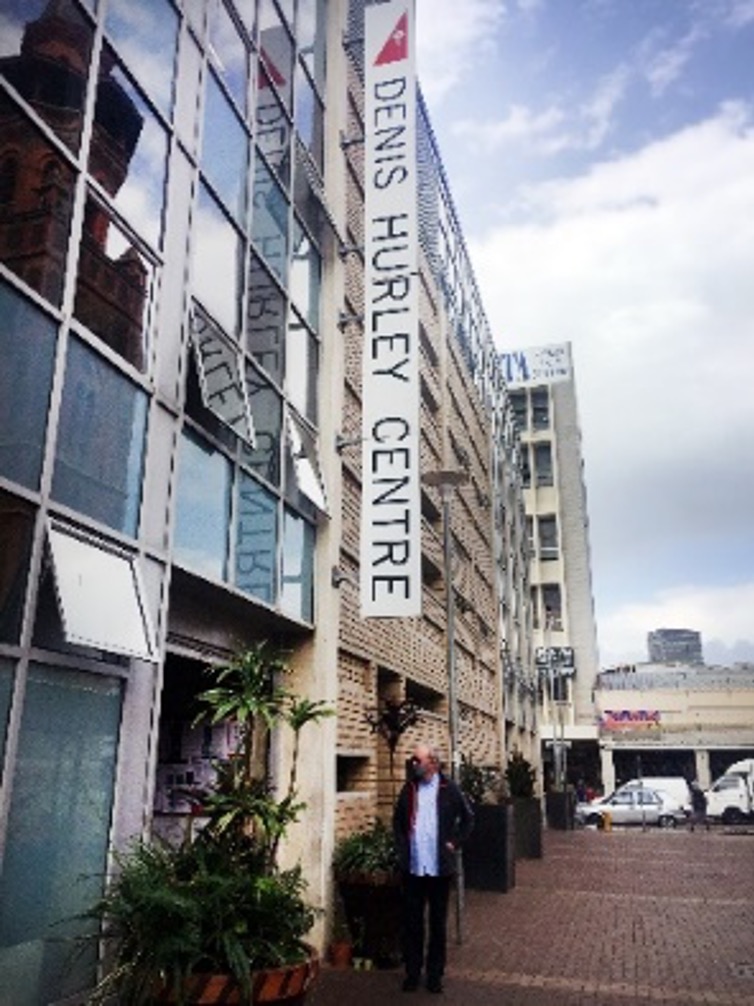
Hundreds of community volunteers nationwide are helping the poor and the house-bound, delivering food parcels. NGOs, civil society groups and faith groups of all denominations are involved in much-needed assistance to the most vulnerable. The Denis Hurley Centre, in inner-city Durban – named after the late Archbishop Hurley who was Archbishop of Durban (1946-1992), an active participant in Vatican II, outspoken opponent of apartheid and whose parents came from Skibbereen – continues to be a beacon of care and comfort to so many, both South African and migrant, through its health-care facility and daily feeding scheme. However, it is sad to note that a committee had, at the request of the country’s president, to be set-up to probe corruption allegations related to COVID-19 tenders.
Although permission has been given for places of worship to re-open, with strict protocols in place and with numbers capped at 50, most churches are moving very cautiously. Quite a number of parishes continue to live-stream their Masses; like services in other parts of the world, these can be seen from across the globe. I recently met a family who told me that the Mass they now enjoy on a Sunday morning comes all the way from Portlaoise! The re-opening of schools was a hotly debated issue here as elsewhere; eventually most schools have re-opened on a phased, class-by-class basis.
From the parish of Kilconly & Kilbannon near Tuam, Fr. Seán was ordained in 1971. He served in Sierra Leone for over two decades. In South Africa since the late 1990s, he doesschool and hospital chaplaincy as well as pastoral ministry.
+

